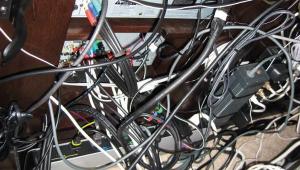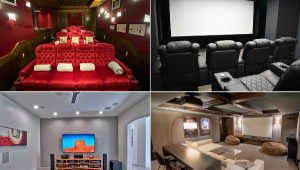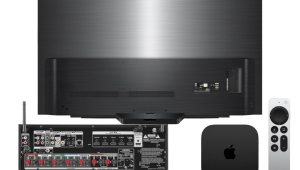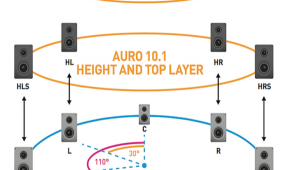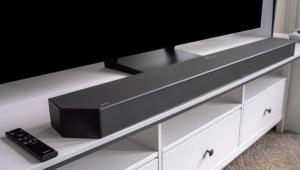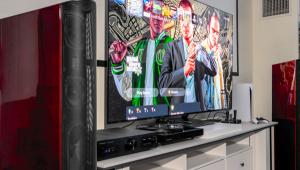I want to do an installation like you mentioned in your article, but I don't know much about how to do it, I'm usually someone who spends time at home, I've been playing games a lot lately, playing games like football legends makes me have a good time, sometimes I also like listening to music.
How Do You Properly Integrate a Subwoofer In a Stereo Setup?

Q Thank you for the quality of your reviews and articles. I live in France and I read your website at least twice a week. I am writing to you with a follow-up to a previous question from one of your readers: What’s the best way to connect a subwoofer to a stereo receiver?
By reading several forums and articles about subs, I understand a subwoofer can provide a clear benefit in a stereo system. However, it needs to be set up properly, otherwise the listening experience could be badly impacted. So my question is: once a sub is correctly connected, how do you make sure it is set up to be fully integrated into the system?
What are the steps to follow to make sure the subwoofer gives the illusion that it is an extension of my speakers instead of an additional part of the system that sits next to my speakers and provides boomy sound (which I would like to avoid)? I own a Cambridge Audio CXA61 integrated amplifier and B&W 606 S2 speakers and I am thinking of getting a B&W ASW610 sub. —Benoit Blond
A Ben, this is a great question! A subwoofer can definitely enhance your bookshelf speakers by adding significant impact and low-end extension, and there are a couple of general suggestions for single subwoofer setup that will help it blend in with your system. While a sub’s output is mostly “non-directional,” I find it blends best when placed at the front of the room — and starting in a corner will help to best energize all the room modes. However, you might need to experiment with the location to achieve the best results in your room.
Your integrated amp doesn’t appear to offer any bass-management settings so the bookshelf speakers will be fed full-range signals whether the sub is connected or not, which will produce some overlap between them and the sub. Also, your amp’s sub output is interesting in that it has a low-pass filter “of approximately 2.3 kHz” instead of the far more common crossover point of 80 Hz. Because of this, you’re going to want to set the low-pass filter on your subwoofer at 80 Hz to start.
I would also suggest purchasing a calibrated microphone like the UMIK-1 and downloading the free Room EQ Wizard (REW) software. (There is a massive amount of online support for using this terrific software!) With this you can run some sweep tones to measure and see exactly what is happening at your listening position. This will help you fine-tune volume levels, phase, crossovers, and location to achieve the best sub integration in your room.
Some subwoofers from SVS and Rythmik have built-in parametric equalizers that can help you address problem frequencies in your room or you could purchase something like the miniDSP 2x4 HD digital audio processor, which will provide an array of adjustments to get the best performance out of your B&W speaker system!
Click here for more expert advice on all things audio and video.
- Log in or register to post comments


Position the subwoofer in the room where it can provide even bass distribution. Experiment with different locations to find the optimal placement. Avoid placing the subwoofer in corners or against walls, as this can result in boomy or uneven bass. Jane

